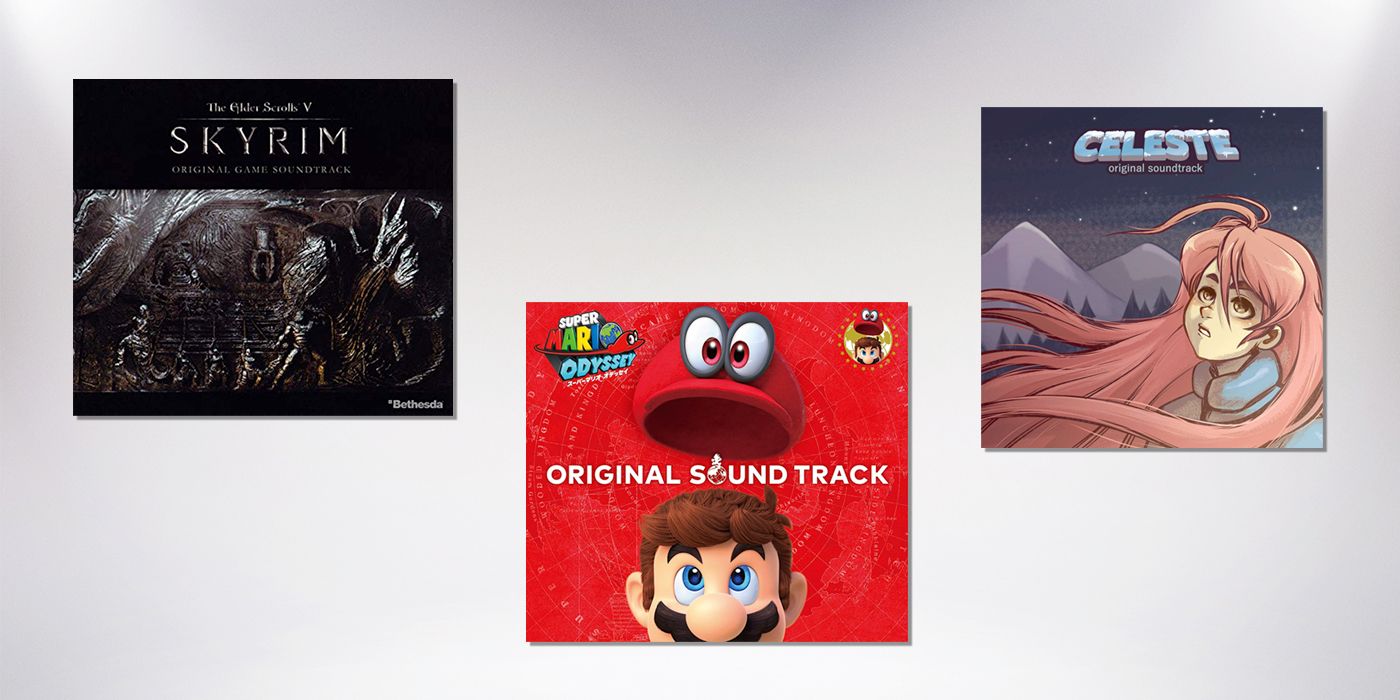
Introduction
Definition of Video Game Music
Video game music, often referred to as VGM, encompasses the audio tracks and melodies that accompany video games. This includes everything from the background music playing during gameplay to the themes that add gravitas to cutscenes. It serves not only to elevate the gaming experience but also to help establish the game’s atmosphere, set the emotional tone, and illuminate character development. As you jump into a game, the pulsating rhythm or a soothing melody can create lasting memories, often making the audio as memorable as the gameplay itself.
Evolution of Video Game Soundtracks
The journey of video game soundtracks is fascinating and mirrors the technical advancements in gaming itself. Starting from the simple bleeps and bloops of the 8-bit era, soundtracks have evolved significantly, much like the graphics. Here’s a brief overview of this evolution:
- 8-bit Era: Simple, catchy tunes that defined a generation. Think Super Mario Bros. or The Legend of Zelda.
- CD-ROM Era: Introduction of higher quality audio with richer soundscapes, featuring more elaborate compositions.
- Modern Era: Emphasis on orchestral scores, interactive music systems, and collaborations with renowned composers, creating immersive soundtracks that can adjust to gameplay.
As technology advanced, so too did the creativity and complexity of video game music. These iconic soundtracks defined their respective eras, shaping gaming culture and enhancing player experiences. The evolution of video game music showcases not just technical achievements, but also the deep connection between sound and storytelling in gaming, a phenomenon documented beautifully in our blog TECHFACK.

8-bit Era: The Birth of Video Game Music
Overview of 8-bit Music
The 8-bit era, spanning primarily through the 1980s, marked the inception of video game music as we know it today. With limited technological capabilities, composers had to be exceptionally creative, producing catchy tunes using basic sound chips. These restricted sounds often led to melodies that were simple yet incredibly memorable.
- Sound Generation: The chiptune music was generated through a series of waves (sine, square, triangle, and noise) that created a distinctive audio experience.
- Looping Melodies: Many soundtracks were crafted with looping melodies that could play repeatedly without becoming monotonous.
This era is often nostalgically remembered by gamers who grew up listening to these tunes while conquering challenging levels on classic consoles.
Iconic Soundtracks from the 8-bit Era
Several soundtracks from the 8-bit era stand out and have left a lasting imprint on gaming culture:
- Super Mario Bros. (1985): The cheerful, upbeat theme instantly transports players to the Mushroom Kingdom.
- The Legend of Zelda (1986): An adventurous score that perfectly encapsulates the spirit of exploration and heroism.
- Mega Man 2 (1988): Known for its high-energy tracks, this game set the bar for action-oriented music.
These iconic soundtracks not only defined the 8-bit era but also laid a foundation for future video game music, proving how a simple melody can become a timeless piece of art. The passion and ingenuity of these early composers resonate through the years, reminding us of the rich legacy of video game music, a topic our blog TECHFACK passionately explores.

CD-ROM Era: Advancements in Audio Quality
Transition to CD Quality Audio
As technology progressed into the 1990s, the introduction of CD-ROMs revolutionized the way video game music was produced and experienced. The move from chiptunes to CD-quality audio was a game-changer, allowing composers to incorporate a full range of musical elements, including orchestral arrangements, vocal tracks, and richer instrumentation.
- Higher Fidelity: CD quality audio offered unprecedented clarity and depth, bringing soundtracks to life.
- Diverse Genres: Composers could explore various music genres, creating a unique auditory experience for players.
This shift not only enhanced the gaming experience but also attracted a broader audience, as the music became a vital part of the game’s storytelling and immersion.
Memorable Soundtracks from the CD-ROM Era
Several soundtracks from the CD-ROM era stood out and remain beloved by gamers:
- Final Fantasy VII (1997): Nobuo Uematsu’s sweeping orchestral score set new standards for emotional storytelling in games.
- Chrono Trigger (1995): This soundtrack, with its intertwining themes, is often hailed as one of the greatest in gaming history.
- Myst (1993): Featuring atmospheric soundscapes, it drew players into its enigmatic world with haunting melodies.
These memorable soundtracks not only reflected the advancements in audio technology but also helped solidify video game music as a respected art form. The impact of these compositions is still felt today, illustrating how video game music continued to evolve, a captivating topic we thoroughly discuss at TECHFACK.

Modern Era: Orchestral Scores and Dynamic Soundtracks
Impact of Orchestral Scores
As we moved into the 2000s and beyond, orchestral scores began to dominate the landscape of video game music. This era marked a significant transformation, where composers started to draw inspiration from cinema, leveraging real orchestras and live instrumentation to create rich soundscapes that profoundly impacted gameplay.
- Enhanced Emotion: Orchestral compositions added layers of emotion and drama, making key moments in games even more memorable.
- Immersive Experiences: Dynamic soundtracks could adjust and change in real-time based on player actions, deepening the level of engagement.
For many players, the music became just as crucial to the gaming experience as the gameplay itself, evoking nostalgia, excitement, and adventure.
Notable Soundtracks from Modern Video Games
Several modern soundtracks have stood out as benchmarks in video game scoring:
- The Elder Scrolls V: Skyrim (2011): Jeremy Soule’s sweeping themes transport players into a vast and immersive fantasy world.
- The Last of Us (2013): Gustavo Santaolalla’s haunting melodies perfectly encapsulated the emotional weight of the narrative.
- Journey (2012): Austin Wintory’s unique blend of orchestral and world music created an introspective journey that resonated with many players.
These notable soundtracks have not only enriched the gaming experience but have also earned recognition beyond the gaming industry, proving that modern video game music has truly come of age. It’s a testament to the evolution we celebrate in our blog, TECHFACK, where we dive deep into the world of video game music and its vibrant legacy.

Influence and Legacy of Video Game Music
Impact on the Gaming Industry
The legacy of video game music stretches far beyond catchy tunes and memorable soundtracks; it has significantly influenced the gaming industry as a whole. Composers are now considered integral to game development teams, often collaborating with designers to ensure that audio enhances the gameplay experience.
- Attracting Talent: Many aspiring musicians are drawn to the industry, leading to a diverse range of styles and innovations in sound.
- Award Recognition: Institutions like The Game Awards now include categories dedicated to outstanding soundtracks, elevating the status of video game composers.
The focus on music brings an additional layer of sophistication to game narratives, making soundtracks an essential part of a game’s identity.
Cultural Significance of Video Game Soundtracks
Video game soundtracks have transcended the medium, becoming a part of broader cultural conversations.
- Concert Performances: Events like Video Games Live and the Royal Stockholm Philharmonic have showcased video game music, drawing large audiences and highlighting its artistic merit.
- Fan Communities: Gamers often organize cover bands, remixes, and fan art inspired by their favorite tracks, fostering a vibrant culture around video game music.
These soundtracks resonate deeply with players, evoking nostalgia and forming emotional connections that endure long after the game is complete. At TECHFACK, we celebrate this rich tapestry of influence and significance, exploring how video game music continues to shape both gaming and cultural landscapes. It’s not just background noise; it’s a profound element of our shared experiences as players and fans alike.

